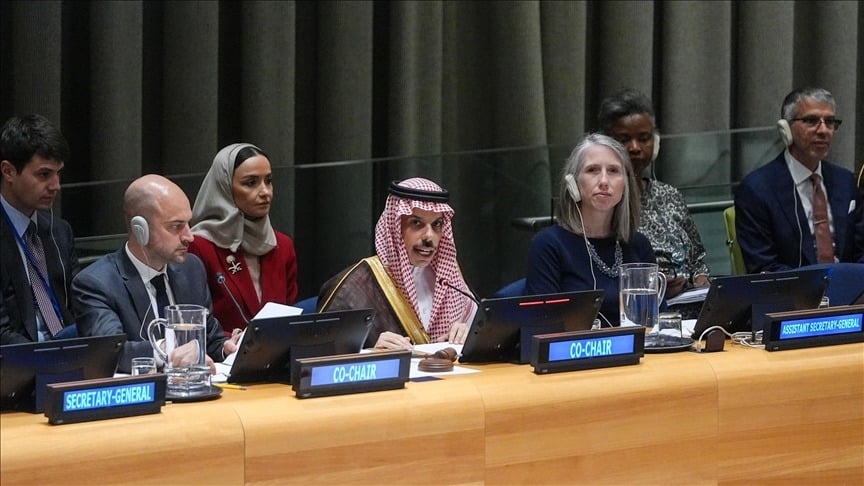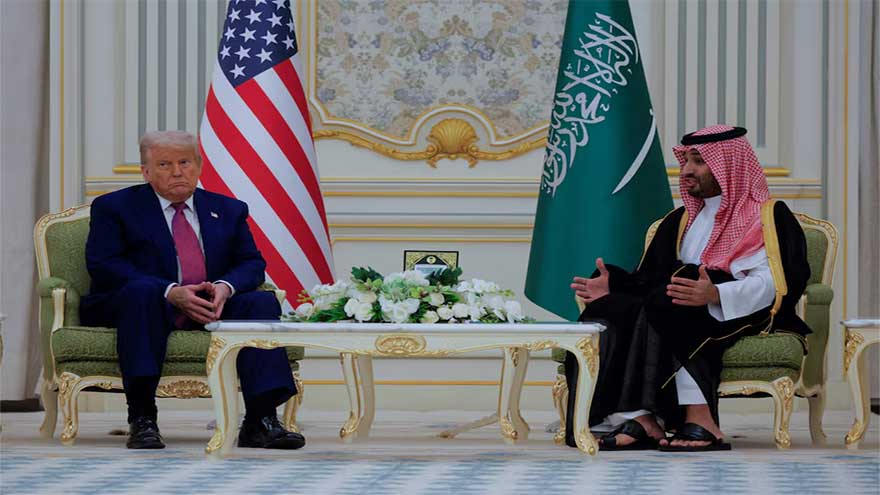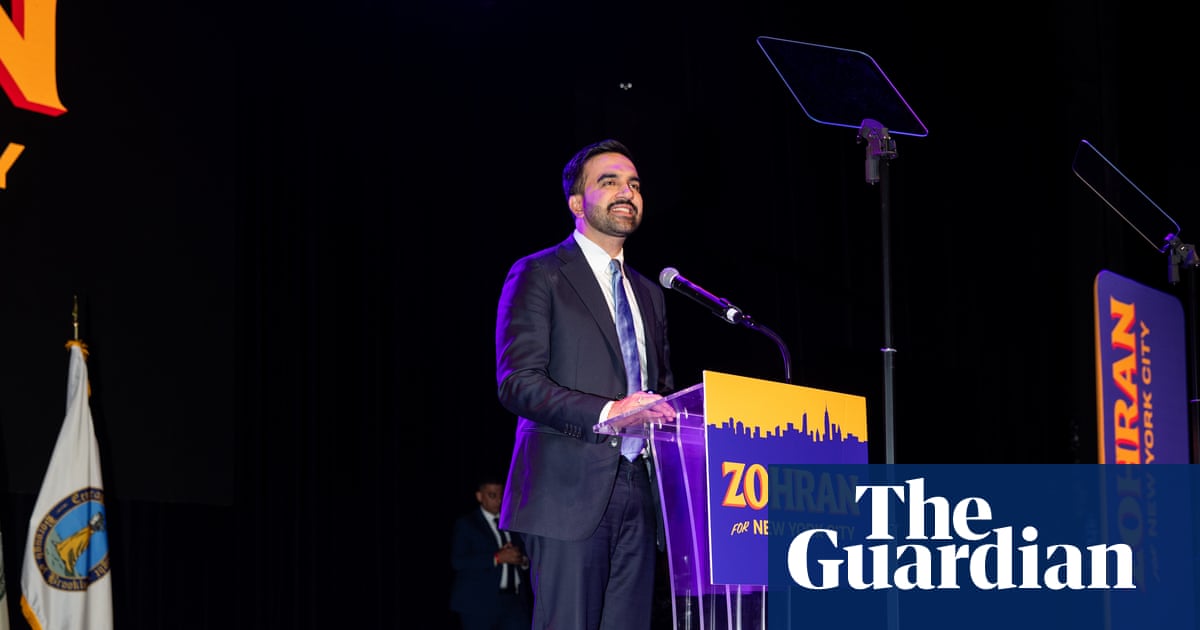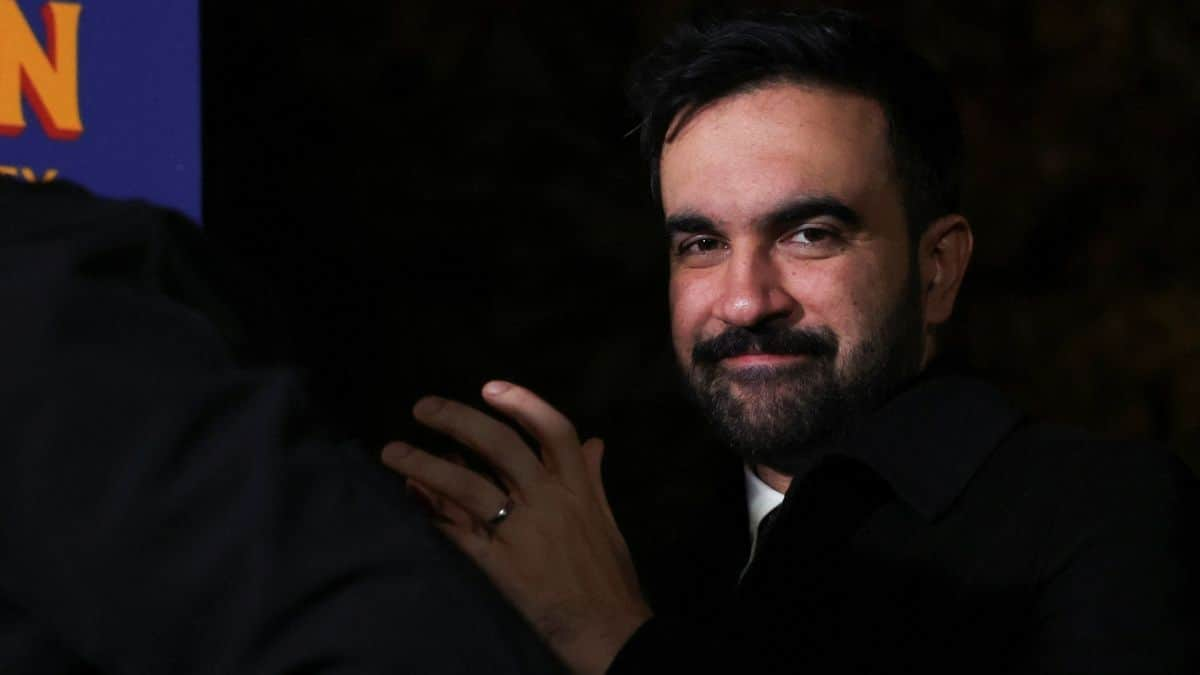Zohran Mamdani’s stunning victory in New York’s mayoral race has shattered long-held assumptions about Jewish voting patterns in the city. His win, powered by younger, progressive Jews disillusioned with Israel’s war in Gaza signals a…
Category: 2. World
-
Iraq's displaced Yazidis and security forces cast ballots in early voting in parliament election – The Washington Post
- Iraq’s displaced Yazidis and security forces cast ballots in early voting in parliament election The Washington Post
- Iraqis sceptical of political system ahead of elections Dawn
- What’s at stake in Iraq’s parliamentary election Arab News
- The…
Continue Reading
-

Saudi Arabia holds firm on Palestine before Israel normalisation talks
Saudi Arabia holds firm on Palestine before Israel normalisation talks – Daily Times
Continue Reading
-
Mamdani’s New York victory exposes fault lines in Jewish Democratic politics – Reuters
- Mamdani’s New York victory exposes fault lines in Jewish Democratic politics Reuters
- The bipartisan comfort with Islamophobia harms us all Al Jazeera
- Mamdani’s victory has implications beyond America Dawn
- Meet Mira Nair, Zohran Mamdani’s…
Continue Reading
-

Saudi unlikely to normalize ties with Israel
Saudi unlikely to normalize ties with Israel – Daily Times
…Continue Reading
-

One dead, dozens missing after migrant boat sinks off Malaysian coast | Migration News
Authorities say rescue operations are under way to locate survivors on a boat that sunk, with two others missing.
Published On 9 Nov 2025
One body has been found and dozens of others are…
Continue Reading
-

King Charles III leads Britain’s Remembrance Sunday ceremony for war dead
LONDON — Thousands of military personnel, veterans and members of the public gathered under blue skies Sunday in London as King Charles III led Britain’s annual ceremony of remembrance for the country’s war dead.
As Parliament’s Big Ben…
Continue Reading
-

How Mamdani is defying immigrant expectations by embracing his identity: ‘His boldness resonates’ | Zohran Mamdani
Across the country, Donald Trump’s crackdown on immigrants has shaken neighbourhoods, torn apart families and engendered a sense of panic among communities. But in New York, on Tuesday night, Zohran Mamdani, the first Muslim mayor of New York,…
Continue Reading
-
The Dangerous Stalemate Over Iran’s Nuclear Program – The New York Times
- The Dangerous Stalemate Over Iran’s Nuclear Program The New York Times
- Iran ‘not in hurry’ to resume nuclear talks with US Al Jazeera
- What Iran’s foreign ministry spokesman said at his weekly briefing Tehran Times
- Iranian president visits…
Continue Reading
-

A boat from Myanmar with hundreds of migrants capsizes off Malaysia, 1 body found and 10 rescued
Malaysian authorities say a boat carrying about 300 migrants from Myanmar capsized last week in the Indian Ocean close to the border between Thailand and Malaysia, with at least one body recovered floating in the sea, 10 rescued and dozens…
Continue Reading
